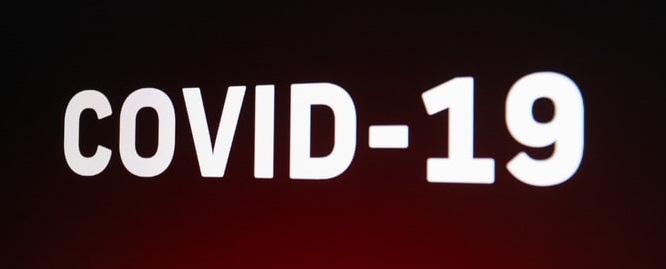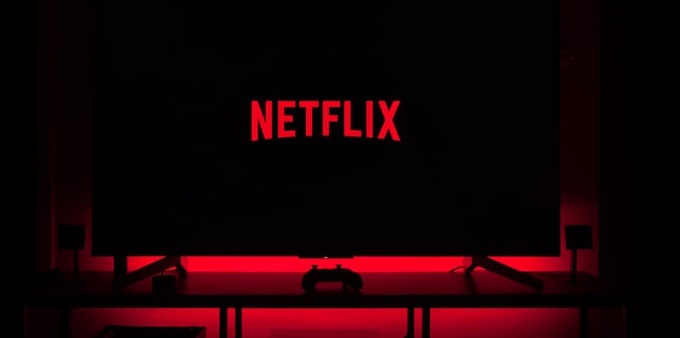It has not been a great start to the week for global financial markets. Risk appetite has been rocked by a further worsening in the global tone of news with regards to the spread of Covid-19. In a nutshell, cases are rising in all of the world’s major economic hubs (bar China); in the US, where states/counties are beginning to reimpose mask mandates amid surging delta variant infections, in Europe, where international travel restrictions are being tightened amid surging infections and fears about the so-called beta variant, and in Asia, where surging infection rates are a serious concern given the region’s comparatively low vaccine coverage. The next few weeks are likely to see these regions tighten economic restrictions to contain the pandemic rather than loosen them, which is of course a negative for global economic growth. Somewhat against the grain of the broadly negative Covid-19 lockdown trend elsewhere, “Freedom Day” has arrived in the UK, meaning the removal of virtually all government mandated economic restrictions. However, with the UK reporting amongst the highest numbers of new infections per day, fear of the virus is likely to weigh on the economy in the coming weeks, even if widespread vaccine coverage in the country has “broken the link” between infections and death.
Back to global markets; global equities are in the red across the globe as a result of the elevated pandemic fears, with Asia bourses also weighed by signs of a further worsening of US/China tensions (US Treasury Secretary spoke negatively on the Trump era trade deal with China, China has been conducting beach assault drills to warn Taiwan and the US Deputy Secretary of State, who is currently touring Asia, was snubbed out of a meeting at the last minute by Chinese officials) and European bourses (Stoxx 600 -1.9%) down and being weighed primarily by travel & leisure sector stocks, which are taking a battering as European nations tighten travel restrictions, even for the fully vaccinated. US index futures are pointing to a lower open and E-mini S&P 500 futures are down nearly a percent to under 4300 again. Nasdaq 100 futures are holding up better as duration sensitive Tech/growth names derive support from a further fall in US government bond yields. Should pandemic fears/risk off persist and this continue to pressure yields, expect further US tech outperformance, warned a few equity analysts this morning.
Speaking of yields; they are also down globally (for developed market bonds, anyway) amid a strong safe haven bid. 10-year German yields are down about 3.5bps to close to -0.4%, UK 10-year yields are down about 5bps and US 10-year yields are down about 6bps and at their lowest levels since February under the 1.25% mark. Indeed, the US yield curve has seen strong bull-flattening (i.e. the drop in yields is greater at the long-end of the curve and less at the short-end); 2-year yields are only down about 1bps to under 0.21%, but 30-year yields are down about 8bps to 1.85%. This represents market participants downgrading their global growth and inflation expectations, perhaps in response to fears that 1) the global recovery is in the process of being severely disrupted by the resurgent pandemic and 2) that after the pandemic, perhaps the “steady-state” rate of global growth will not be as high as previously hoped amid the removal of central bank accommodation and other factors (US/China tensions?).
Turning now to commodities; the risk off environment coupled with the stronger US dollar strengthen (more below) is weighing broadly on commodity prices. Key crude oil benchmarks WTI and Brent are both down more than $2.50 on the day (nearly 4.0%), with WTI now all the way back under $69.00 and Brent testing $71.00. A key news development for crude oil markets has been the surprise OPEC+ deal reached over the weekend; the cartel overcame its prior sticking point with regards to baseline production levels from next May onwards and now the UAE, Saudi Arabia, Russia, Iraq and Kuwait will all get sizeable increases to their baseline production level calculations between next May and the end of 2022 (for reference, this is the production quantity from which each individual country’s production cut quotas are calculated). More importantly for crude oil markets in the near term is the fact that the cartel agreed upon a 400K barrels per day increase to occur each month starting in August until the cartel’s total 5.8M barrels per day in output cuts is unwound. Whilst this does seem to be weighing on prices today and has clearly exacerbated the risk-off driven downside, some analysts argue this is a positive development for crude oil markets, given the risk of a collapse in OPEC+ cooperation has been averted and the signal it sends to the market that OPEC+ is “back” and will continue to actively manage output to prevent another serious decline in prices. Looking elsewhere in the commodity complex; industrial metals are lower across the board amid the stronger US dollar, continued fears about weakening Chinese growth and fears of further activism from Chinese officials (who want to stop prices from rising too much), after the NDRC warned that it would be releasing more of its industrial metal reserves. Gold, meanwhile, is softer by about half a percent, weighed by the stronger dollar, but is clinging onto the $1800 level, with the lower global yield environment acting as a tailwind.
Finally, in FX, as noted the US dollar is considerably stronger this morning. The DXY has surged back to its highest levels since the start of April but is yet to eclipse the 93.00 level. It is deriving support primarily this morning from safe haven demand. There are no tier one US data releases this week, so the dollar will likely continue to trade on global themes, and if that means more risk off then that likely means ongoing support for the buck. Dovish central bank’s elsewhere might also come to the buck’s aid; the PBoC is set to decide its Loan Prime Rate (on of its key interest rates) on Tuesday and there are calls that a cut may be in store after the 50bps cut the bank made to its MPR a few weeks ago. Meanwhile, the ECB rate decision is on Thursday and, though recent sources suggest the bank will not offer new guidance on QE given ongoing and intense disagreements, markets are expecting a dovish tilt to the statement given the recent tweak to the bank’s inflation target (which now symmetrically targets 2.0% rather than targeting just below it). All of the above could push EURUSD further towards annual lows around 1.1700, after the pair lost the 1.1800 handle this morning.
In terms of the rest of the G10; JPY and CHF are performing well amid safe-haven demand, with USDJPY back under the 110.00 level. Oil sensitive CAD and NOK are the worst performers, both down more than 1.0% on the session, pushing USDCAD momentarily as high as the 1.2800 level. The pair looks to be on for its worst day since last March – news of new tensions with the US regarding the USMCA is likely contributing to this pain. AUD and NZD are also getting walloped, with AUDUSD now at its lowest levels since Q3 2020 under the 0.7350 mark and NZDUSD threatening to break out to multi-month lows under recent lows around 0.6900. EUR, GBP and SEK are all holding up a little better and are less than 0.5% lower on the day versus the resurgent buck.
The Day Ahead
Risk appetite looks set to be in the driving seat this week, meaning the factors driving risk appetite (mainly global Covid-19 news) will be key to watch. There are no key economic events on the calendar to worry about.




